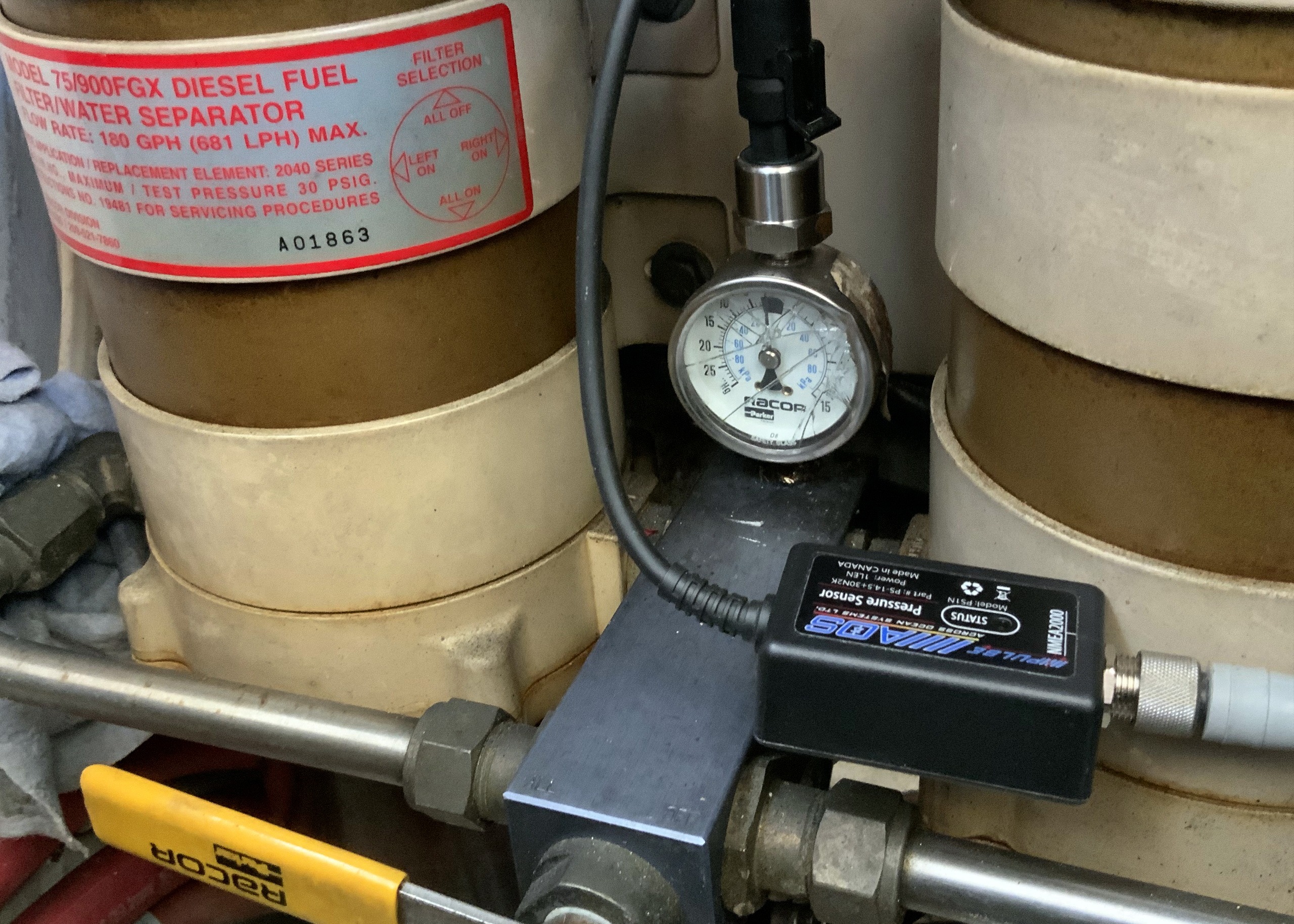Arid Bilge, smells better

This is more than usually peripheral to “marine electronics” but these days everything electrical on boats is coming together, and, besides, I like it! Arid Bilge Systems makes what appear to be vacuum pumps that suck nearly every last drop out of areas that are never completely dried by conventional bilge pumps as well as odd places like compressor pans that can’t be serviced by conventional bilge pumps. I say “apparently” because I can’t find much on that company site about the specific technology (or pricing). But Arid Bilge does do a good job of explaining the many benefits of a truly dry boat, to which I will add my 2 cents…
Story time: it’s November, 1971, and your boy is a bushy tailed crewman delivering one of the very first Caribbean production charter bare boats from its original home base in Maya Cove, Tortola, BVI, to a new CSY base in Georgetown, Bahamas (some history here). Hot damn, we thought…paid ($10/day) to sail downwind in warm blue water! Even it was a rather funky five-year-old 28’ sloop (the first leg had been bringing its replacement, a Bristol 34, down from R.I., another story indeed).
All was grand…except that as soon as we got her heeling much in rough water one of the rankest smells ever wafted up from the bilges. It went away in calmer conditions, and we tried to ignore it (aided by the Brit skipper’s five alarm curries and warm beer), but eventually it became a critical situation. Painstaking analysis revealed that the icebox drained into the bilge, and that over the years an incredible sludge of rotten food particles had accumulated there, probably unnoticed because it was usually covered by water that the bilge pump could never get out (and poor maintenance).
At any rate, somewhere north of Puerto Rico, my buddy Joe and I spent a lot of hands and knees time with spatula, scrubbies, tupperware bowls, clorax and paper towels cleaning those foul bilges just so we didn’t have to smell them. Which is one reason why I’ll bet that while no one really needs an Arid Bilge system (it’s not a substitute for bilge pumps), it can make life aboard pleasanter. And, heck, maybe one day they’ll add NMEA 2000 output, so you can get alarmed if some odd wet point is suddenly wetter than usual. I also appreciate the company’s sense of humor, as in this sales bullet point:
RDCPS – (Rapidly Depreciating Cell Phone Syndrome) Ever drop a cell phone, part, or tool into the bilge? Could you use it again or even find it?














A thirty dollar vacuum cleaner does it for me: http://www.homedepot.com/webapp/wcs/stores/servlet/ProductDisplay?storeId=10051&langId=-1&catalogId=10053&productId=100638350&N=10000003+90043 and it does double duty as a dinghy pump, or (in extremis) a way to clean up the boat.
Yeah, but does the vacuum cleaner have a NMEA 2000 output? 🙂
Raul
Is it weird to expect a dry boat without resorting to such extreme measures? Granted my 40 foot sailboat is just a year old, but it is and always has been bone dry. Is this really a problem for people?
How is it your 40 foot sailboat is bone dry ??
My 39 foot sailboat has several potential sources.
1) Condensation along the walls of the sailboat drain into the bilge.
2) Thru hull sensors are serviced to remove growth, speed sensor needs cleaning every two or three weeks before I switched to an ultrasonic unit from Airmar.
3) Water that runs back into the bilge after the bilge pump has pumped out whatever is there.
4) HVAC system drains into the bilge three different ways (pans under each HVAC condensor, valve to bleed air out of salt water cooling loop)
One thing you can do to reduce water in the bilge is create a small tank (tupperware or small plastic garbage can) to capture all drains and put the suction from a positive displacement pump (whale makes a shower sump one) in the bottom of the tank. There are more expensive solutions, but in combination with a dripless shaft seal, and sponging out all water when inserting the speed transducer.
Running a dehumidifier when not on the boat solves the condensation on the bulkhead challenge and dramatically reduces mildew and mold.
Why is it bone dry? Good question. I guess being in the San Francisco bay helps – not too cold and not too hot. We get zero summer condensation and so little in winter that two tiny heater/fans (70W) prevent it from building up. Our AC drains to a separate pan that empties via a micro pump. The shaft seal is Dripless. A towel around the speed sensor when removing prevents any mess. Heck, my keel bolts aren’t even discolored.
That said, if I did have a bilge smell problem I’d spend any sum in the world to fix it!! We rented a 43 in Turkey that, while only a year old, definitely had the funk.